In the ever-evolving world of printing technology, two prominent contenders have emerged as the go-to options for consumers: ink tank printers and inkjet printers. Both these printing solutions offer their unique advantages and cater to different needs. In this article, we will delve into the intricacies of ink tank and inkjet printers, comparing their features, performance, and cost-effectiveness to determine which one reigns supreme.
- Print Quality:
When it comes to print quality, inkjet printers have long been hailed as the standard. Utilizing advanced inkjet technology, these printers produce sharp and vibrant prints, making them ideal for tasks that demand high-quality output, such as photo printing or graphic design. On the other hand, ink tank printers have made significant strides in recent years, closing the gap with their inkjet counterparts. With improved ink formulations and precision nozzles, ink tank printers now offer comparable print quality, making them a viable option for everyday printing needs. - Cost Efficiency:
One of the primary concerns for consumers is the cost of printing. Inkjet printers traditionally relied on expensive ink cartridges, which often led to exorbitant printing costs, especially for high-volume printing. However, ink tank printers have revolutionized the market by introducing a cost-effective alternative. Ink tank systems utilize refillable ink tanks, allowing users to replenish ink levels at a fraction of the cost of traditional cartridges. This makes ink tank printers a more economical choice, particularly for those who frequently print large volumes of documents. - Longevity and Convenience:
Inkjet printers have a reputation for their compact size and user-friendly features. They are often preferred for home or small office use due to their ease of setup and operation. However, ink cartridges tend to have limited ink capacity, requiring frequent replacements. This can be a hassle, especially in high-demand environments. Ink tank printers, on the other hand, boast larger ink reservoirs, reducing the frequency of refills. With their higher ink capacity, ink tank printers are better suited for heavy-duty printing, offering convenience and uninterrupted workflow. - Environmental Impact:
Sustainability has become a crucial factor in decision-making processes. Inkjet printers, with their disposable cartridges, contribute to electronic waste accumulation. Conversely, ink tank printers promote eco-friendliness by reducing the number of cartridges that end up in landfills. The refillable nature of ink tank systems significantly minimizes environmental impact, making them a greener printing solution.
Conclusion:
In the battle between ink tank and inkjet printers, both options have their merits. Inkjet printers excel in print quality and compactness, making them ideal for photo enthusiasts and small-scale printing. However, ink tank printers have emerged as a cost-effective and environmentally friendly alternative, offering comparable print quality and greater convenience for high-volume printing needs. Ultimately, the choice between the two depends on individual requirements and priorities.

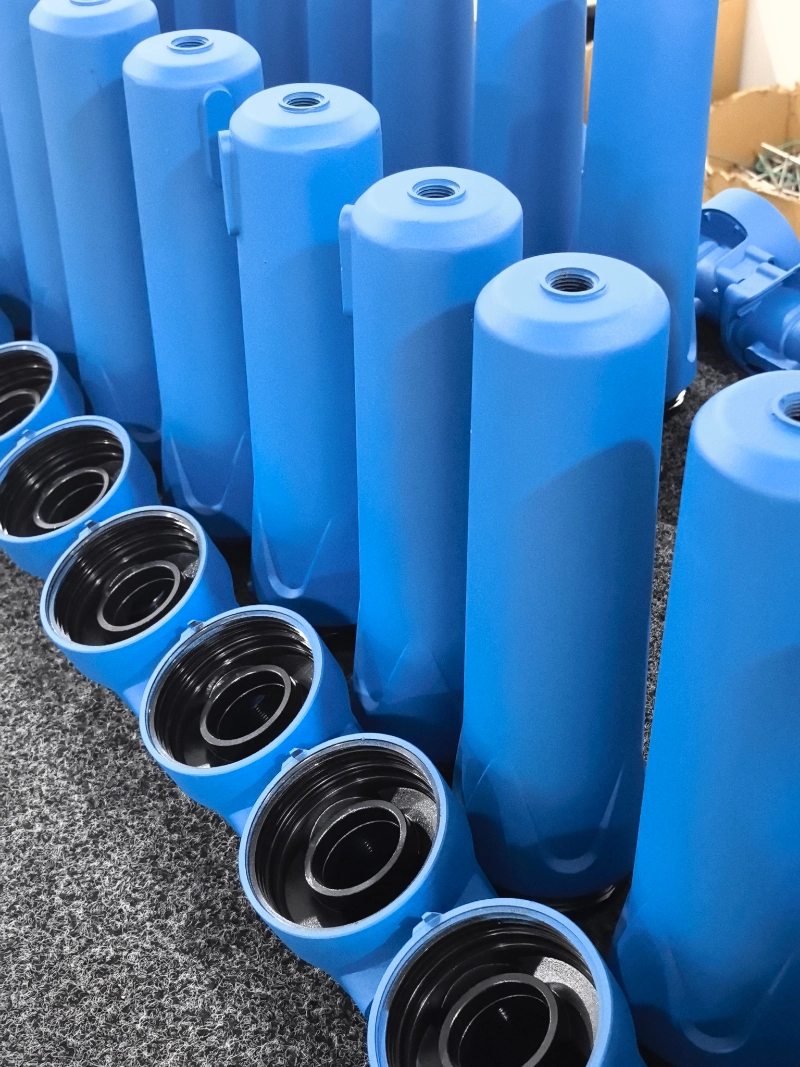

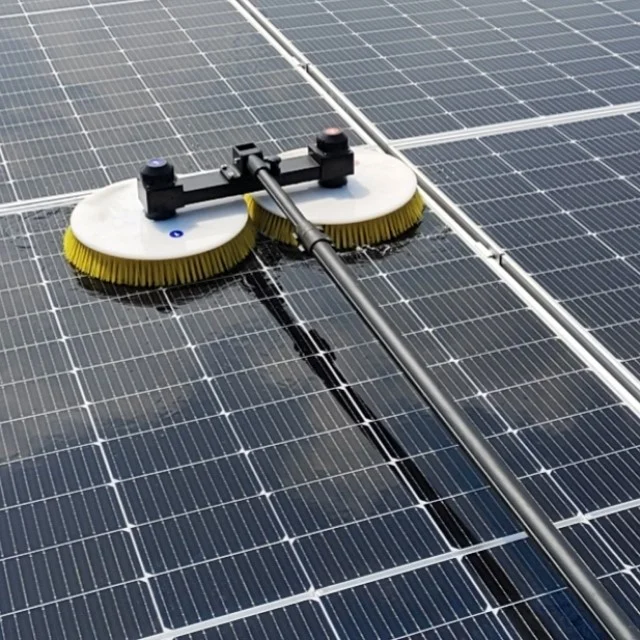

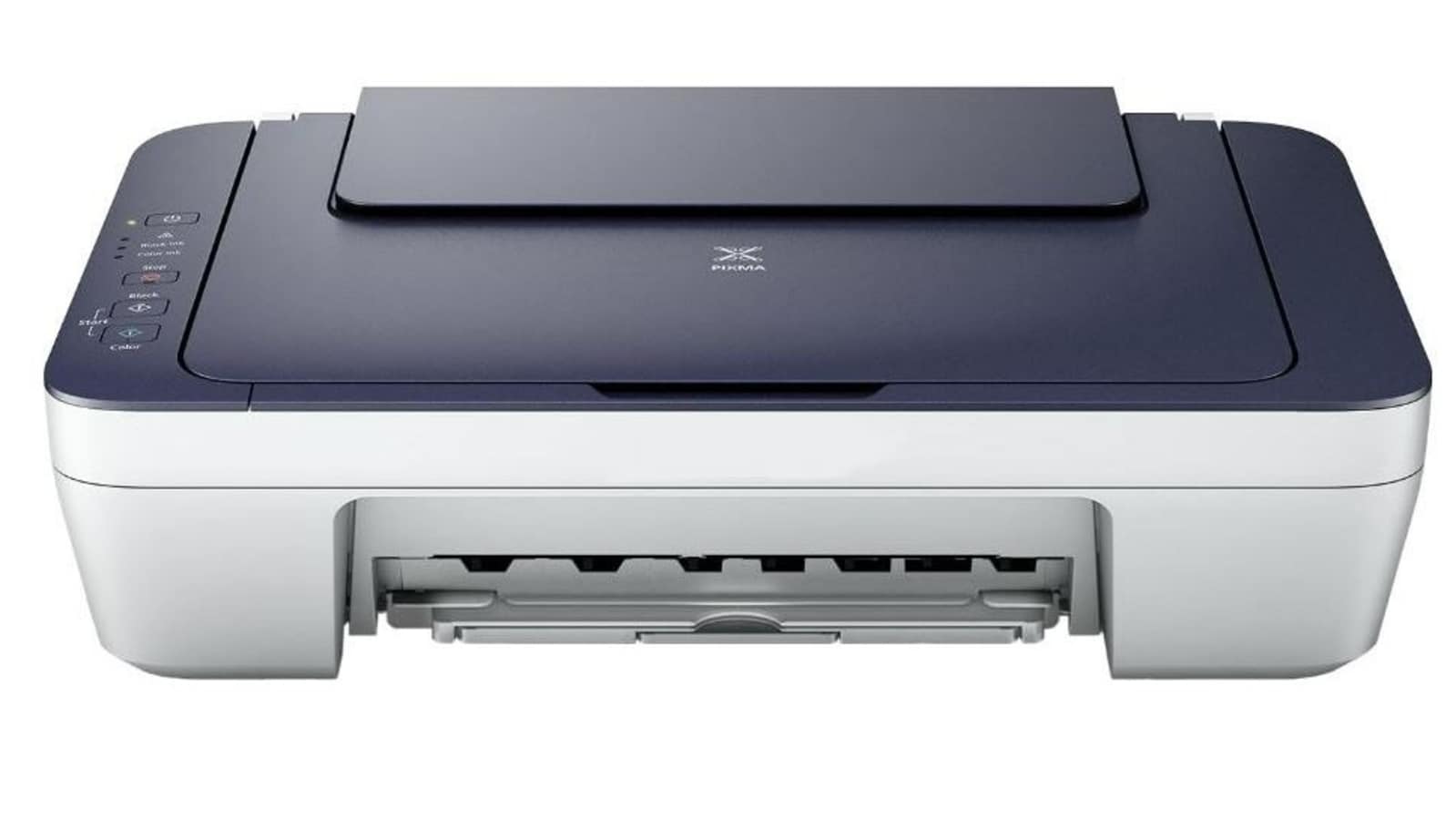
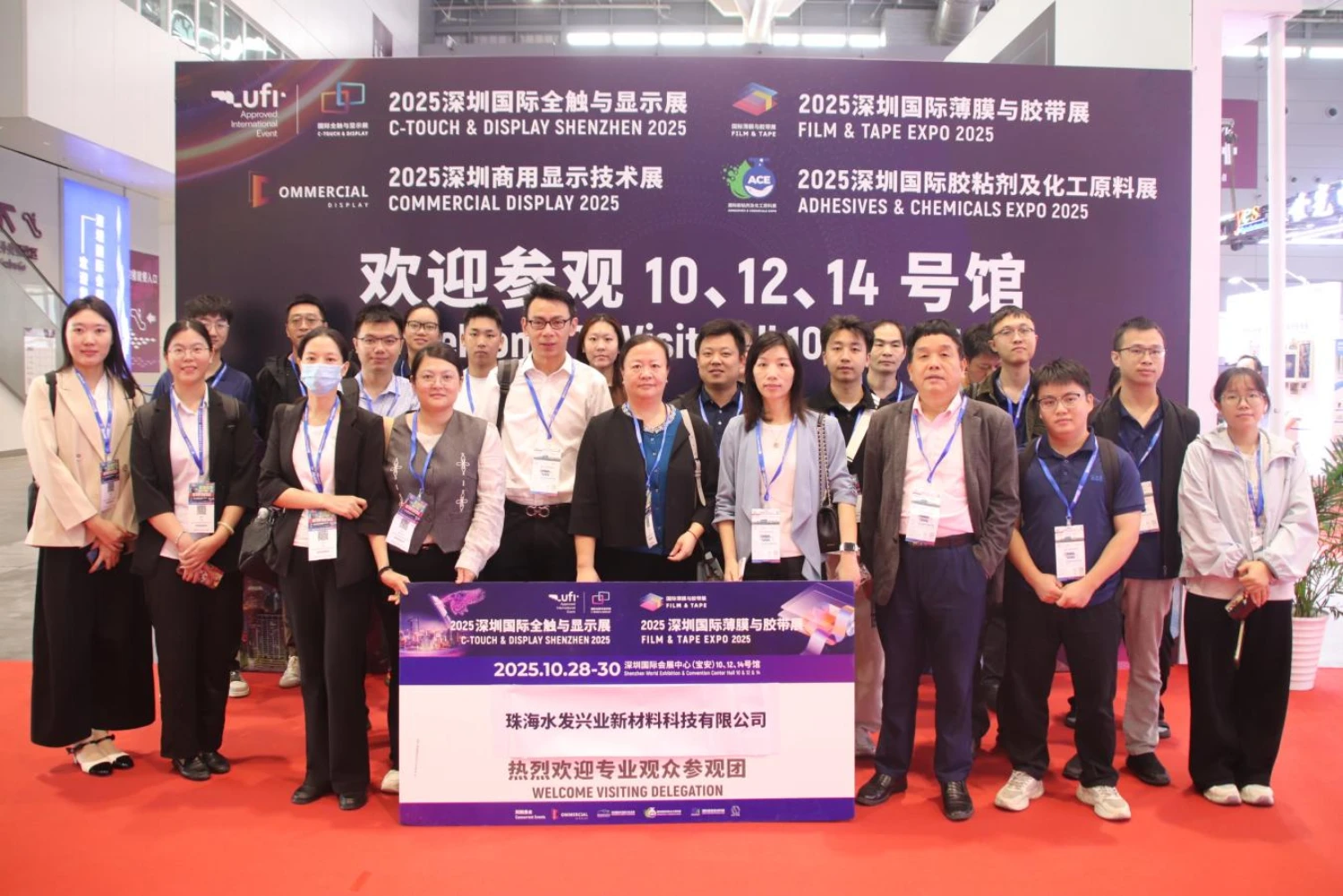
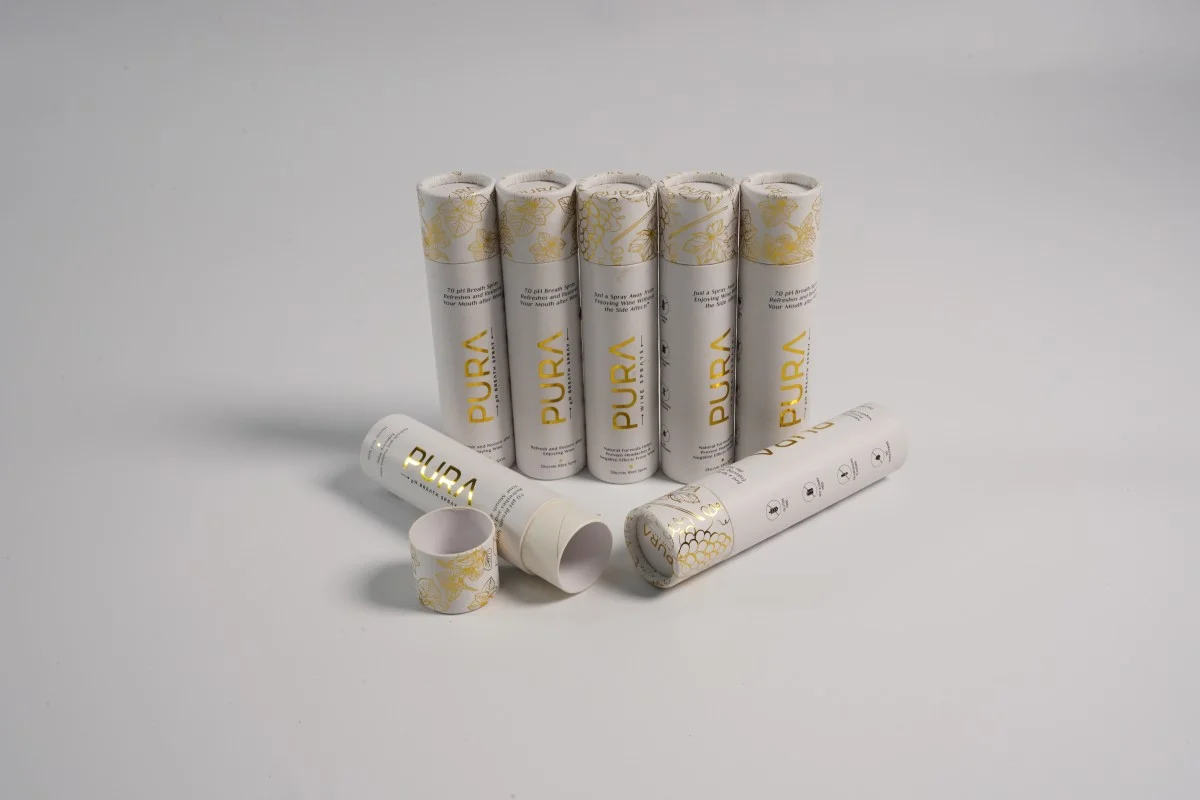
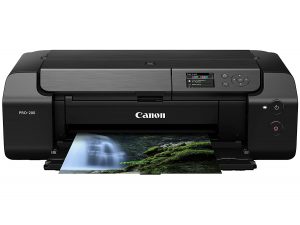


+ There are no comments
Add yours